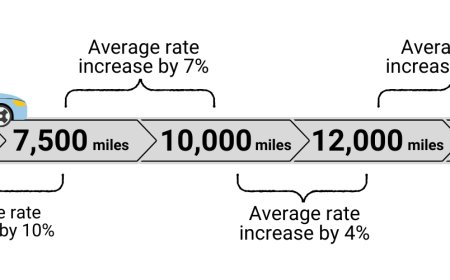The Fintech AI Stack: How Smart Infrastructure Is Powering the Future of Finance

In today’s competitive digital finance ecosystem, the right AI stack can make or break a fintech product. From real-time risk assessments to hyper-personalized user experiences, artificial intelligence is the not-so-secret weapon behind many of the fastest-growing financial products today.
If you’re serious about scaling a fintech product or want to stay ahead of the curve, understanding how to build or leverage a Fintech AI Stack is crucial.
This post is brought to you by Seethos.com — the platform that helps fintech founders, product teams, and marketers grow faster with tailored tech insights and tools.
Why the Fintech AI Stack Matters
The Fintech AI Stack isn’t just about machine learning models or automation. It’s about choosing the right combination of tools, infrastructure, and frameworks that work together to:
- Improve user onboarding and KYC
- Reduce fraud with predictive analytics
- Automate customer support with smart agents
- Optimize lending, insurance, or trading decisions
- Personalize experiences in real-time
When built right, an AI stack doesn’t just support your product — it actively accelerates growth and conversion.
Core Components of a Winning Fintech AI Stack
Here’s a high-level breakdown of what a modern, growth-ready Fintech AI Stack might look like:
1. Data Layer
- Sources: Transaction data, user behavior, open banking APIs
- Tools: Snowflake, BigQuery, Plaid, Yodlee
- Goal: Unified, clean, and accessible data
2. AI & ML Layer
- Tools: TensorFlow, PyTorch, H2O.ai, AWS SageMaker
- Use Cases: Credit scoring, fraud detection, customer segmentation
3. Automation & Intelligence Layer
- Tools: Zapier, LangChain, Retool, OpenAI
- Use Cases: Smart chatbots, decision trees, operational workflows
4. Engagement & Personalization Layer
- Tools: Braze, Iterable, Segment, Clevertap
- Use Cases: Targeted offers, behavioral nudges, A/B tested messaging
5. Compliance & Risk Layer
- Tools: Alloy, ComplyAdvantage, SentiLink
- Use Cases: Identity verification, transaction monitoring, regulatory reporting
How Fintechs Use AI to Drive Conversions
Let’s get tactical. Here’s how top fintechs are using AI to improve conversion rates and retention:
- Automated onboarding flows powered by AI reduce drop-offs by 25–40%.
- AI-driven insights tailor product offers, boosting upsell/cross-sell rates.
- Predictive customer support solves issues before they escalate, reducing churn.
How to Build Your Fintech AI Stack for Growth
If you’re building a new product or optimizing an existing one, here are three tips:
- Start with the problem, not the tool. Know what metric you want to move — conversion, CAC, LTV — and work backward.
- Layer modularly. Pick tools that integrate well and allow for flexibility as your product scales.
- Stay compliant. Regulation isn’t optional — make sure your AI stack includes risk management from day one.
The future of fintech is smarter, faster, and more automated. With the right AI stack in place, your product won’t just keep up — it’ll lead the pack.
Whether you're a startup founder, growth marketer, or product manager, understanding the AI stack is no longer optional. It’s your competitive edge.
Learn more about how to scale your fintech infrastructure at Seethos.com — your hub for fintech growth insights, tools, and innovation.







































